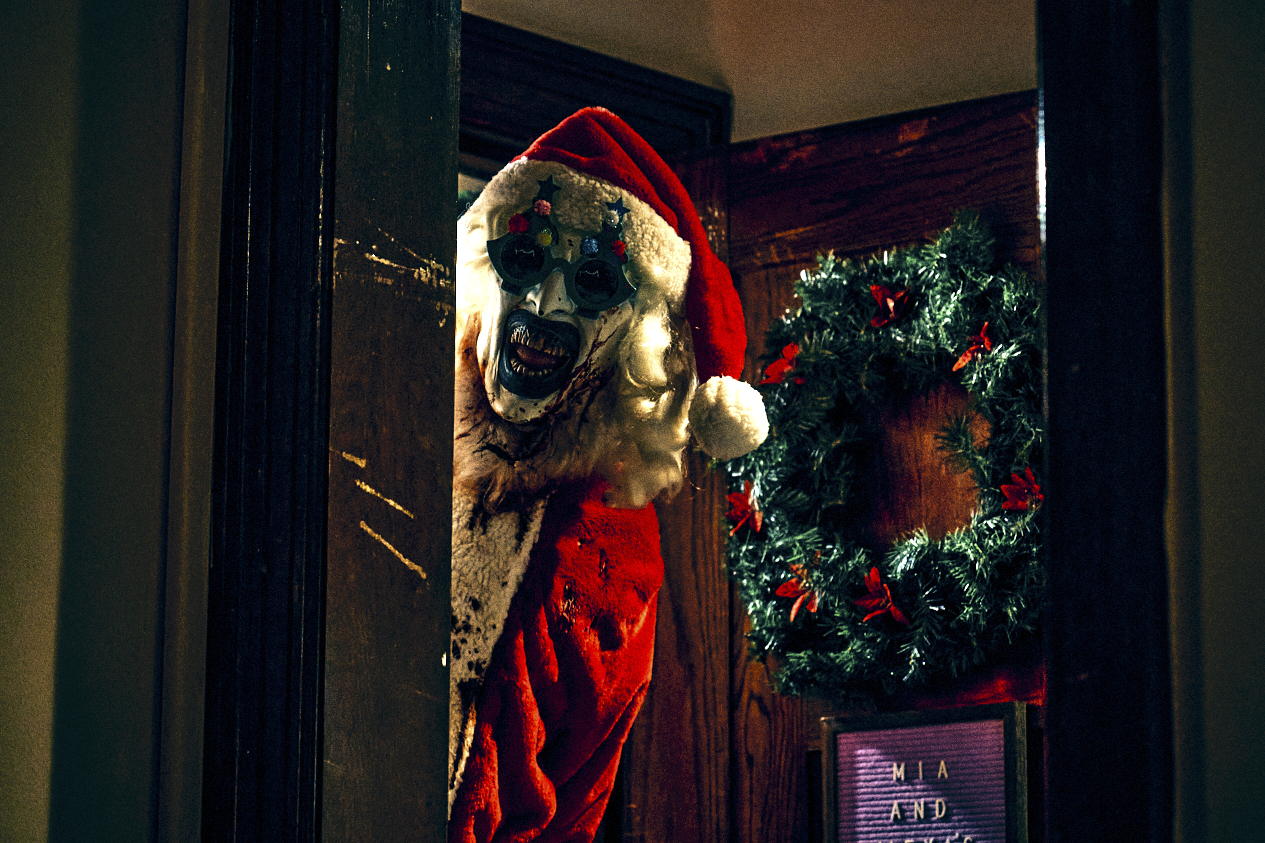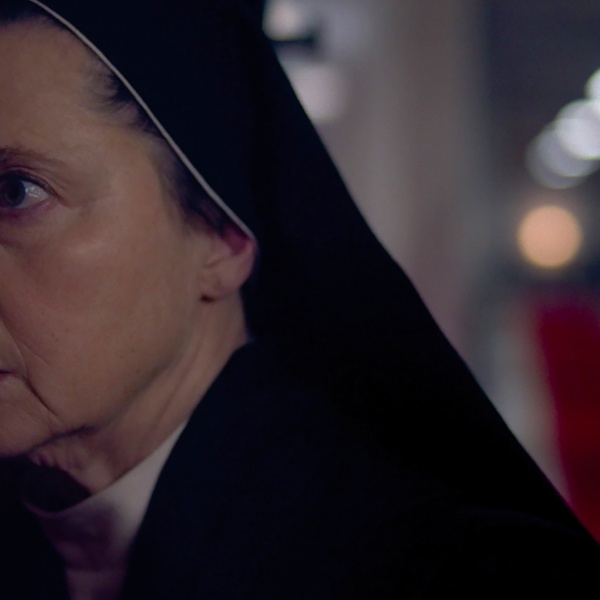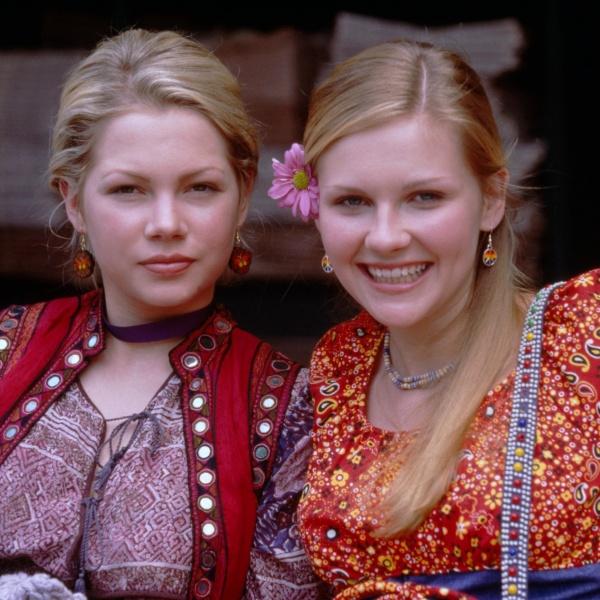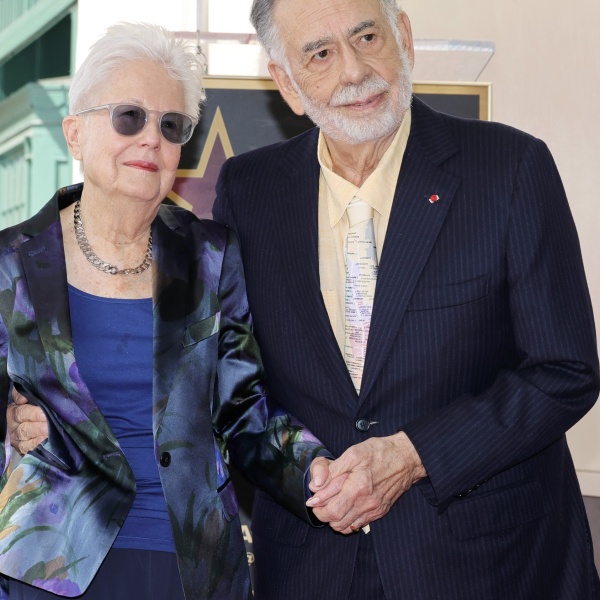Damien Leone’s “Terrifier 3” (Iconic/Cineverse) grossed about $27 million in the U.S./Canada in its first week. That will make it easily #1, helped by the second-week collapse of “Joker: Folie à Deux” (Warner Bros.), which will end up #4 with around $10 million.
The slasher/horror sequel will ultimately earn a massive profit. With a reported production and marketing cost of around $5 million and additional revenues (perhaps another $26 million domestic, some additional foreign, then lucrative revenues from later platforms), “Terrifier 3” investors could easily see profits far exceeding $50 million.
Apart from its cost, other elements leading up to the slasher film‘s success are unusual. As with any sleeper hit, its successes will be examined by studios to see if they can be replicated.
If “Terrifier 3” does lead to major changes, it will follow the lead of John Carpenter’s “Halloween” (1978) and Daniel Myrick and Eduardo Sánchez’s “The Blair Witch Project” (1999). And not just in terms of its impact on the horror genre. The situations have as many differences as similarities, but “Terrifier 3” has a chance at upending conventional thinking and release strategies.
“Terrifier 3” has only been in release for a week, so speculation as to whether it rises to anywhere near the legacy of those two earlier films is obviously premature. But “Terrifier 3” has already achieved one box office landmark neither “Halloween” nor “Blair Witch Project” did.
Here’s an early comparison of the achievements and accomplishments of these three films.
Unless it has an extraordinary hold after its first week, “Terrifier 3” won’t gross in the same league as those iconic horror classics. This weekend will provide a better sense of its ultimate domestic gross, but at this point, $60 million (more than three times “Terrifier 3’s” opening weekend) would be a spectacular result.
The final gross will likely be lower — still amazing for a film that cost around $2 million to make and reportedly less to market. Its initial foreign take in eight territories is around $7 million, certain to grow.

Adjusted to 2024 ticket prices, “Halloween” grossed over $200 million domestic, perhaps another $100 million worldwide. “Blair Witch” did even better, with an adjusted $300 million domestic, $225 million foreign. Each film cost between $1 million-$2 million in total production costs (“Blair Witch” in post-production far more than shooting expense) at current values.
Both films ended up #10 among domestic releases in their respective years. If it reaches $60 million, “Terrifier 3” might end up among 2024’s top 40 titles. Among horror films released to date, that would place “Terrifier 3” behind “Alien: Romulus” and “Longlegs.”
Credit “Terrifier 3” with an achievement the other two titles lacked, though: By opening at #1, it achieved a higher position than either “Halloween” or “Blair” during their runs.
“Halloween” came at the end of a decades-long era when independent films had piecemeal, territory-by-territory releases (even after the mid-1970s when most studio releases were released nationally on the same day). And then, the Carpenter-directed film became one of the biggest hits of any genre ever distributed regionally by independent subdistributors. (For a deeper look at its release, see IndieWire’s 2018 article.)
A success at this level (even though its grosses likely were lower than a studio release could have achieved) deserves notice. “Halloween” got away from studios, elevating the viability of outside productions (not originated by studios, but acquired), which became a bigger source for them going into the 1980s. “Halloween,” more than any other film in 1978, showed how acquisitions could prove a viable source of box office banking for studios outside their own films produced in-house.
Ironically, this ended up making it more difficult for independent subdistributors, who relied on a steady supply of low-budget genre films easily exploited (often horror). When “Halloween” grossed about as much as “The Deer Hunter,” things changed.
Slasher films were not new. In 1960, “Psycho” was Alfred Hitchcock’s biggest hit ever. But in its wake came mostly low-budget titles that fought for attention (“Night of the Living Dead,” “The Texas Chainsaw Massacre,” “The Hills Have Eyes.”) Renegade films, not mainstream. “Halloween” changed all that. Soon Paramount had “Friday the 13th,” New Line “The Nightmare of Elm Street” leading the way, “Scream” in the 1990s. “Halloween” made these happen.

“The Blair Witch Project” remains (adjusted) the biggest-grossing film ever to premiere at Sundance (where it played in the midnight lineup). It was acquired by Artisan Releasing (more attuned to the art market with films like Darren Aronofsky’s “Pi” and “Requiem for a Dream” and Wim Wenders’ “The Buena Vista Social Club”). That was in January 1999. Artisan caused ripples by insisting on a prime summer release, at a time when independents, even Miramax, were discouraged because of full release schedules with top titles and at that time fewer screens in an average cinema. At that time, there were often two to three new studio films a week. “The Blair Witch Project” stood out, regardless.
The resistance to the summer release date is part of why “The Blair Witch Project” initially had two weeks as a platform, multi-city start. It had such extraordinary results, the chains with top theaters quickly found room for it. That elevated all non-studio distributors.
“Blair” became one of the first films to benefit from internet marketing, not just advertising but also a website (160 million views reported through its first full month in release) and tie-ins with other sites like Ain’t It Cool News. This was different, and this model of internet-marketed horror films worked, and was soon adopted by studios.
The film’s “found footage” technique wasn’t original. The Italian “Cannibal Holocaust” (1980) preceded “The Blair Witch Project” among horror films. But “Blair Witch” sparked widespread use in the genre and elsewhere (Wikipedia cites far more than 100 examples, including “Paranormal Activity,” “Cloverfield,” and “District 9”). It benefited from being original, with as much as possible the impression conveyed in advance that the footage was real.
“Terrifier 3” had no TV ads (similar to “Longlegs” earlier this year), with a niche campaign that clearly reached its audience. The bulk of its outreach was via Bloody Disgusting, a Cineverse-owned multimedia site, as well as on its multiple streaming services. The symmetry of a content provider (Cineverse didn’t produce the film) using its internal resources isn’t original, but in terms of the role it played and the huge return, “Terrifier 3” stands at a high end of success. Lessons will be taken from this.
The film has no MPA rating, since it almost certainly would have been NC-17. Until recently, many top chains wouldn’t play unrated films. Some newspapers refused to run ads. Like many rules, unwritten or otherwise, from the time before COVID shut down theaters, this one has gone.
The major studios that comprise the MPA are required to submit their films for ratings and not work around their rules. But this could encourage those companies who are not MPA members (A24, Neon, Lionsgate being the most prominent non-members) to consider also going out unrated. Other than the 7 MPA companies (Disney, Par, WB, Univ, Sony, Netflix, MGM Amazon), a distributor has to pay to be rated. It is voluntary for these non-MPA members, but for decades theaters have mostly insisted on a rating. That’s changed.
It’s unlikely “Terrifier 3” can ever match the impact of “Halloween” or “Blair Witch.” At the same time, it’s hard to think of a more unlikely #1 film this year. That achievement alone makes it likely others will follow.








